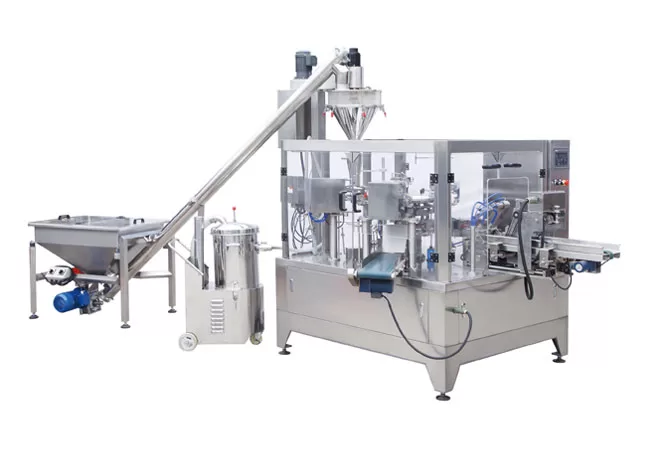The Environmental Impact of Weighing Filling Packing Machines and Sustainable Practices
The Environmental Impact of Weighing, Filling, and Packing Machines: Exploring Sustainable Practices
In an era marked by relentless technological advancements, the burgeoning packaging industry has unveiled a breathtaking array of weighing, filling, and packing machines. However, the environmental repercussions of these indispensable tools must not be overlooked. This article delves into the complex relationship between these machines and the planet, illuminating the alarming impact they can have on our delicate ecosystem.
Weighing, filling, and packing machines play a pivotal role in ensuring the precise distribution and containment of products across a multitude of sectors, from food and beverage to pharmaceuticals. However, their operations inherently contribute to a suite of environmental concerns. The production of these machines entails the consumption of significant amounts of raw materials, often sourced from non-renewable resources, exacerbating the depletion of natural resources.
Moreover, the energy consumption of these machines is a matter of grave concern. Weighing, filling, and packing machines frequently utilize outdated technologies, resulting in inefficient energy usage and the release of greenhouse gases. These emissions directly contribute to global warming, perturbing delicate environmental balances.
The disposable materials employed in the packaging process further compound the environmental impact. Plastic, a ubiquitous material in the realm of packaging, poses a severe threat to marine life and can take hundreds of years to decompose. The accumulation of plastic waste in our oceans and landfills signifies a pressing environmental crisis.
The need for sustainable practices in the weighing, filling, and packing sector has become paramount. Manufacturers must embrace innovative technologies that minimize energy consumption and incorporate renewable energy sources into their operations. The adoption of biodegradable packaging materials and the utilization of recycled content are essential steps toward reducing the industry’s carbon footprint.
Furthermore, consumers hold the power to drive change by opting for products packaged in sustainable materials and demanding responsible packaging practices from manufacturers. By exercising conscious choices, we can incentivize businesses to prioritize environmental protection and mitigate the adverse effects of weighing, filling, and packing machines on our planet.
In the relentless pursuit of industrial progress, we must never lose sight of the delicate balance between technological advancements and environmental preservation. By implementing sustainable practices, we can harness the potential of weighing, filling, and packing machines without compromising the well-being of our planet for generations to come.
-
Finding the Right Auger Filling Solution: Semi-Auto vs. Automatic Machines
04-05-2025 -
Precision Meets Efficiency: How Auger Filling Machines Revolutionize Powder Packaging
04-05-2025 -
The Future of Packaging: How Automatic Machines Are Revolutionizing the Industry
04-05-2025 -
Overview of Packaging Machine Buying Guides
08-01-2024 -
How Does a Vertical Form Fill Seal Machine Work?
30-10-2023 -
Advancements in Auger Powder Filling Technology
27-10-2023 -
A Deep Dive into Automatic Packaging Machines
26-10-2023 -
The Revolutionary Fully Automatic Potato Chips Packaging Machine
20-09-2023 -
How to choose the right packaging machine?
23-08-2023 -
Reducing Waste And Maximizing Yield With Multihead Weigher Machines
15-03-2023














